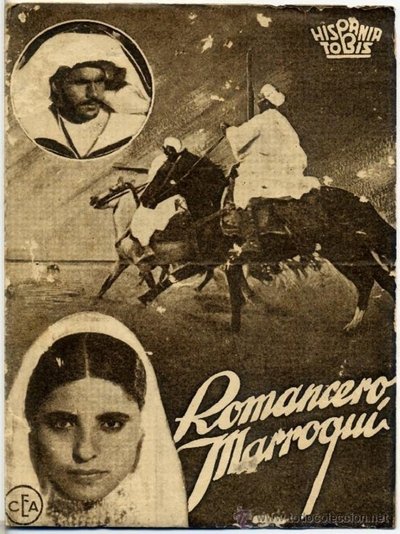Romancero marroquí
Genres
Documentary
OverView
The young farmer Aalami leaves his family to find work elsewhere. He gets to know the country and its people, customs and traditions at Küste in North Africa: Market life in Tetuan, the art of craftsmanship, the life of the Moors, dances and festivities in honour of the caliph, white mosques, the call of the muezzin of the minaret and the music of the shepherd flutes. Aalami also follows Franco's call and flies from Morocco to Spain to fight at Bürgerkrieg. In the end Aalami comes back to his wife and children.
Others
Budget
$--
Revenue
$--
Status
Released
Original Language
Spanish
Runtime
85 mins
Rating
0/10
Release Date
16 July 1939
Country
Spain
